Cargando...
Recursos educativos
-
Nivel educativo
-
Competencias
-
Tipología
-
Idioma
-
Tipo de medio
-
Tipo de actividad
-
Destinatarios
-
Tipo de audiencia
-
Creador
Lo más buscado
- Niños conflictivos
- Israel y Fenicia
- Astros del planeta tierra
- Operaciones de multiplicar
- Repaso de italiano
- H intercalada
- Regiones de Francia
- Experimentos de matemáticas
- problemas matemáticas
- Instrumentos de cuerda
- Dibujos simétricos
- Múltiplos de 2
- Juegos interactivos para niños
- Dictados de primaria
- Aprender las letras
-
End-of-unit activities - Motion and forces
EduBook Organización
- 5631 visitas
In the world around us, we can see many objects in motion: cars, bicycles, planes, even ourselves. The planets in the Solar System are also in constant motion around the Sun. All motion can be described…
-
Before you start - Motion and forces
EduBook Organización
- 5473 visitas
In the world around us, we can see many objects in motion: cars, bicycles, planes, even ourselves. The planets in the Solar System are also in constant motion around the Sun. All motion can be described…
-
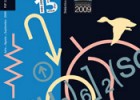
El globo terráqueo paralelo: una bola mágica para enseñar astronomía..
Editorial Graó Organización
- 1 lo usan
- 5093 visitas
El globo terráqueo paralelo es un simulador extraordinario, muy fácil de obtener, que proporciona una serie de recursos que sirven para trabajar en distintas actividades relacionadas con las sombras y…
-
Remember - Motion and forces
EduBook Organización
- 5339 visitas
In the world around us, we can see many objects in motion: cars, bicycles, planes, even ourselves. The planets in the Solar System are also in constant motion around the Sun. All motion can be described…
-

Autoevaluación 2 - Tiempo y clima
EduBook Organización
- 5300 visitas
Indica a qué conceptos hacen referencia las definiciones siguientes: Es el grado de calentamiento del aire a causa de la radiación solar. Capa gaseosa de más de 1 000 kilómetros de grosor que…
-
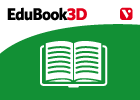
Before you start - Our planet Earth
EduBook Organización
- 5 lo usan
- 4071 visitas
Didactic objectives Locate the Earth in space and understand the main characteristics of the Milky Way. Recognise and compare the planets of the Solar System. Know the size, shape and composition of…
-
Introduction - The Hydrosphere
EduBook Organización
- 5019 visitas
The hydrosphere is the part of the Earth where water can be found. This water includes oceans, seas, rivers, lakes, snow, ice, groundwater and water vapour in the atmosphere. The Earth is the only…
-
Introduction - Motion and forces
EduBook Organización
- 5039 visitas
In the world around us, we can see many objects in motion: cars, bicycles, planes, even ourselves. The planets in the Solar System are also in constant motion around the Sun. All motion can be described…
-
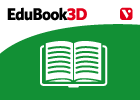
Introduction - Our planet Earth
EduBook Organización
- 4877 visitas
The Universe is made up of millions of galaxies. Our galaxy is called the Milky Way. It contains millions of stars, including the Sun. The Earth and seven other planets orbit the Sun. Together they form…
-
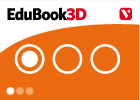
Final Autoevaluation T12 03 - Waves. Light and sound
EduBook Organización
- 4600 visitas
Answer these questions: What do we use to see how white light is made up of many colours? Can a lunar eclipse happen if the sun is between Earth and the Moon? What is closer to the Earth in a solar…
Te estamos redirigiendo a la ficha del libro...












